It’s been awhile since I joined my fellow wine writers of the #Winophiles group, but I’ve been waiting for the opportunity to share some wines from the Languedoc I tried along with what I learned about this wine region of France. I must admit my French wine knowledge is lacking, but I’m always intrigued by the wines of France. I’m an old world wine girl, hence my love for Italian wine. It’s always easier to gravitate towards what you know, but you don’t learn unless you put yourself out there to try new things. I attended a virtual wine tasting awhile back hosted by Gregory & Vine and Laura Maniec-Fiorvaniti, Master of Wine and owner of the Corkbuzz in New York City. Let’s dig into the Languedoc and get a taste of what it has to offer.
The Languedoc wine region is located in the southeastern part of France. This area has a rich winegrowing history dating back 2,500 years. The region is mostly dominated by red wines at 59% with almost equal parts split between white and rosé wines at 21% and 20% respectively. The Languedoc has 23 AOC’s with over 3,000 winemakers including small growers, negociants and cooperatives farming across 90,000 acres of vines.
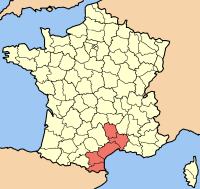 |
| Languedoc-Rousillon wine region - sourced from Wikipedia |
The Languedoc is abundant in sunshine receiving over 300 days of warm sun. It has many climatic influences from the Mediterranean Sea and the cooling Atlantic wines along with the hillside and mountains influences to the north.
For those conscious of organic wines, the Languedoc is the leading wine region in France for the most organic vines. At the time of the virtual tasting they were at 33% and growing so I’m sure the numbers have incraesed since then. Over 25% were in the process of converting as well making up 6% or organic vineyards worldwide. Quite the astonishing number if you ask me! One of the wineries that I’m highlighting today, Chateau Maris, is one of the pioneers of the region for not only organic, but sustainability and biodynamics as well.
There is quite the diverse range of styles and terroir and the wines can be grouped into 5 classications: sparkling, sweet wines, the AOP Languedoc, village designations and sub regional areas.
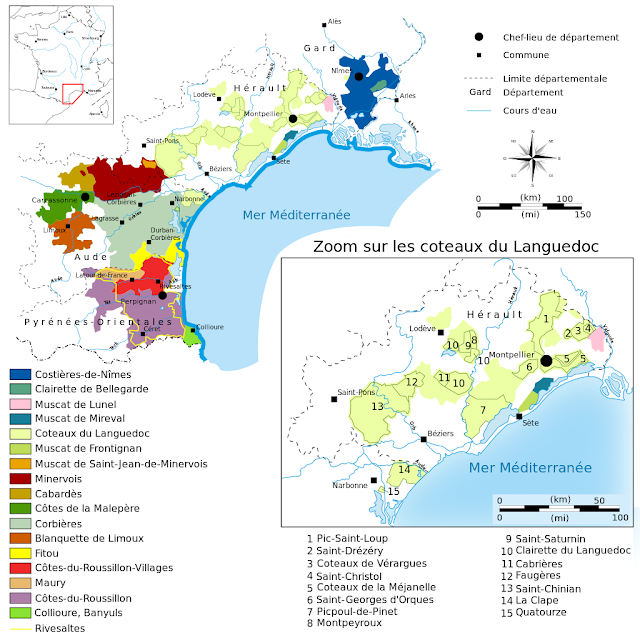 |
| Languedoc wine appellations - sourced from Wikipedia |
The Wines
The Languedoc produced the first sparkling wine in the world that came from Limoux in 1544. The Limoux AOC is located on the southwestern side of the Languedoc region. This area has a cool, moist climate with crisp, dry winds from the Atlantic from the west and warm Mediterrean winds from the east. The soils there are mostly rocky filled with limestone and sandstone.
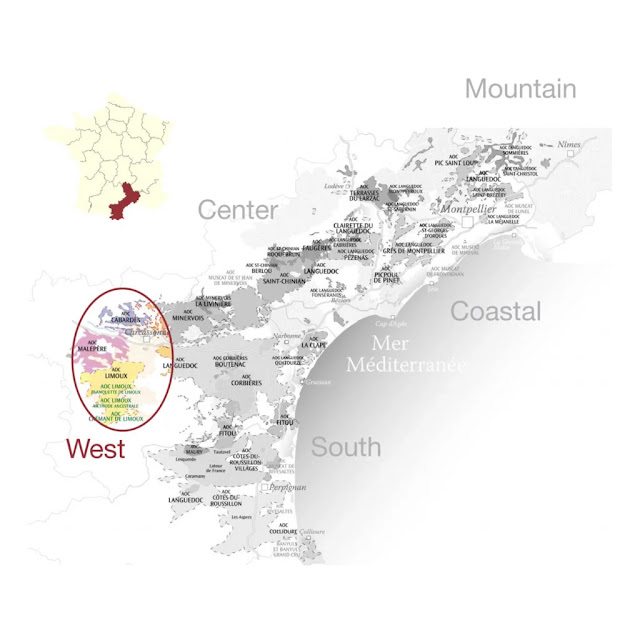 |
| Limoux AOC - sourced from the Wines of Languedoc |
The 2019 Gerard Bertrand Heritage An 825 Brut Cremant de Limoux AOC is named after the Abbey of St. Hilaire near Limoux that traced back to 825. The abbey used to house monks who discovered effervescent wines. This wine is made up of 60% Chardonnay, 25% Chenin Blanc and 15% Pinot Noir. Produced in the traditional method, this pale rosé did not macerate the Pinot Noir with the juice, but went through a light bleeding. This wine was light salmon in color with a tinge of orange. Aromas of citrus and yeast. Dry on the palate with notes of citrus pith. ABV 12.5% SRP $23
Next up is the area of Pic-Saint-Loup AOC located in the hills and mountains in the northern part of the Languedoc. This area has dry, hot summers with cold winters. It is known for producing red and rosé wines made from Grenache, Mourvedre and Syrah. The soils of this area are composed of red sanstone known as “ruffe” as well as Jurassic limestone, basalt and schist. The volcanic subsoils of this area lend to minerality in the wines.
I tasted the 2015 Chateau de Lancyre Vielles Vignes Pic-Saint-Loup that comes from old vines, averaging 30 years old. This wine is made up of 2/3 Syrah and 1/3 Grenache. Laura called this wine a “steakhouse wine”. Intensely colored to match it’s big, dark fruit flavors. This wine has a meaty structure, but also an elegance about it. SRP $21ABV 14%
Lastly is the Minervois La Liviniere AOC named after the village of La Liviniere. It’s meaning translates to a place planted with vines after the original name, Lavineira. In Minervois is Chateau Maris, a pioneer of the region for organic and biodynamic farming and sustainability practices. Wine Spectator labeled them as “one of the 5 most environmentally friendly wineries in the world”. They are Biodyvin and Demeter certified and is the first and only B Corp Certified European winery. They are known for making terroir driven wines.
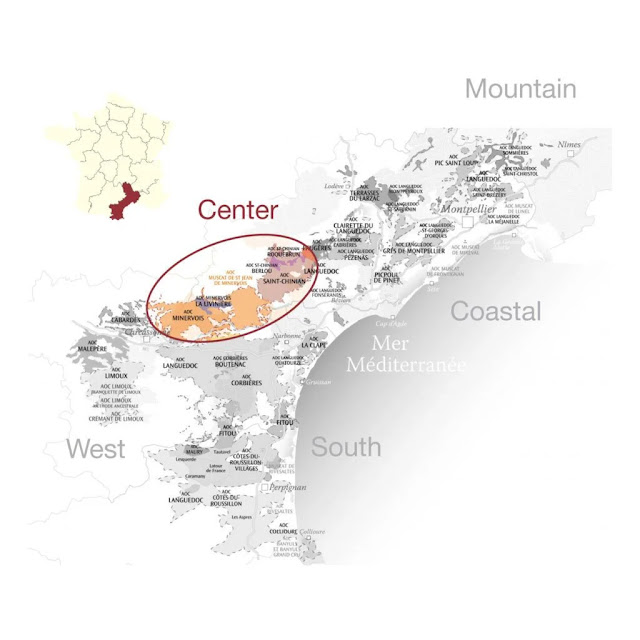 |
| Minervois AOC - sourced from Wines of Languedoc |
I tasted the 2019 Chateau Maris La Touge La Liviniere Minervois AOC which is a blend of 70% Syrah and 30% Grenache that is vinified and aged in cement eeggs. Full-bodied, this wine has a meaty structure and is full of juicy black fruits and ripe red raspberries with a touch of pepper and herbs. ABV 14.5%, SRP $21
Join my fellow wine writing friends as they share additional wines with some pairings from the Languedoc.
- Camilla of Culinary Cam serves up A Simple Poulet Rôti with the 2023 Les Foulards Rouges Octobre Rouge
- Robin of Crushed Grape Chronicles is sharing Heresie – Ancient and Modern Knights of Languedoc
- Gwendolyn of Wine Predator offers For Spring, try Salade Niçoise and this cheeseboard with red or rose wine from Languedoc
- Wendy of A Day In The Life On The Farm sips Grande Réserve de Gassac Blanc 2021: A White Blend from Languedoc
- Jeff of FoodWineClick discovers Languedoc – Hidden Value from France
- Here at ENOFYLZ Wine Blog I’ll be Pairing 2022 Jeff Carrel Languedoc Les Darons with Birria Pizza
You can shop on Wine.com in support of Vino Travels and find a variety of Languedoc wines to try for yourself.
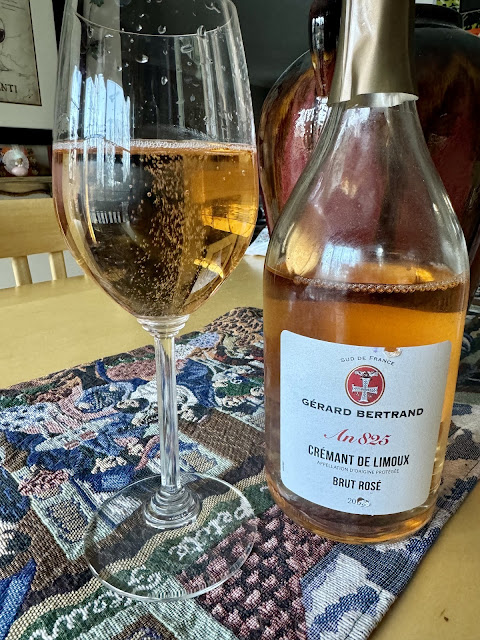
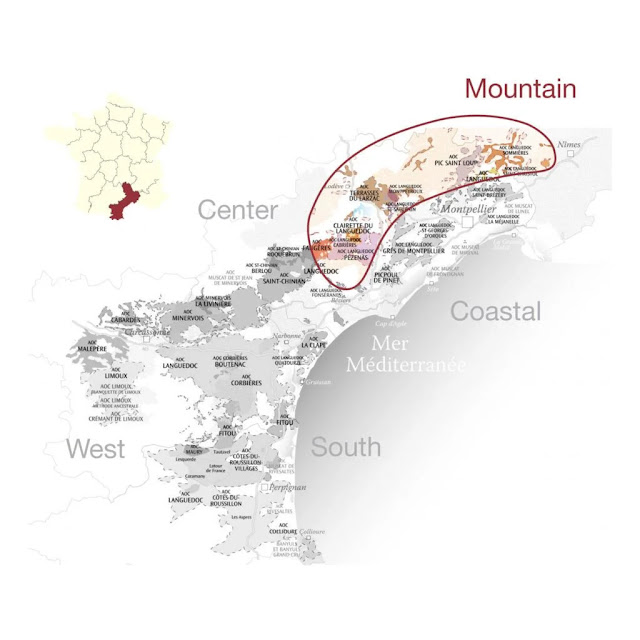
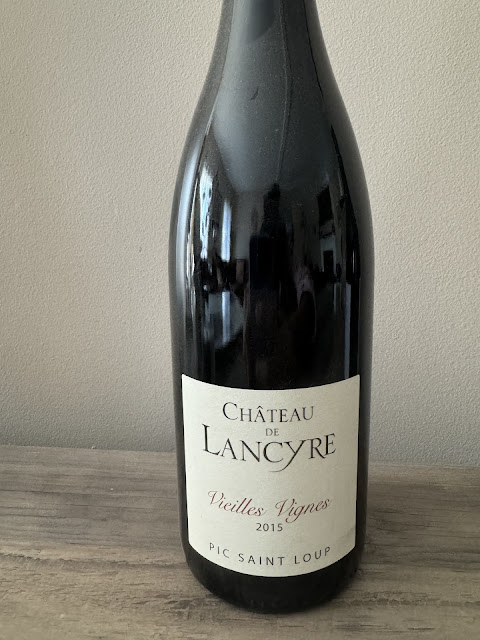
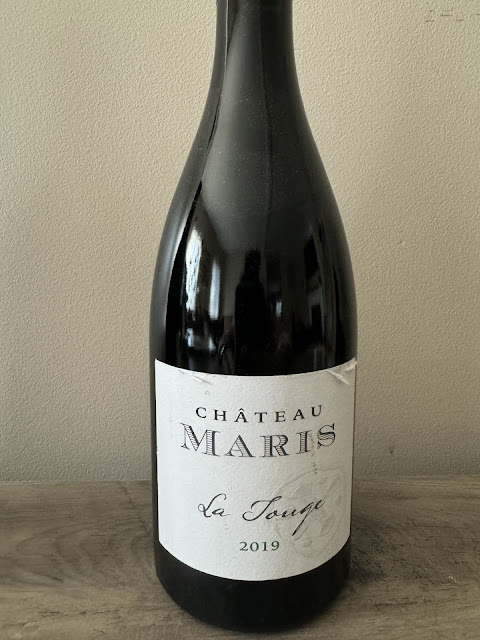
What beautiful wines you tasted from this region! I need to dive further into the wines of Chateau Maris. I've had a few, but I need to learn more about this winery! I love that this region is so organic!
ReplyDeleteWhat a great post Jen! And your line-up of wines certainly reflects the diversity of the Languedoc. Brava
ReplyDeleteWhat a great overview of the Languedoc Jen. And I love the diversity of the wines you chosen as it reflects the diversity of the region. Brava!
ReplyDelete